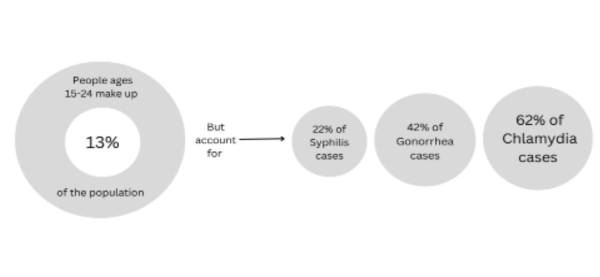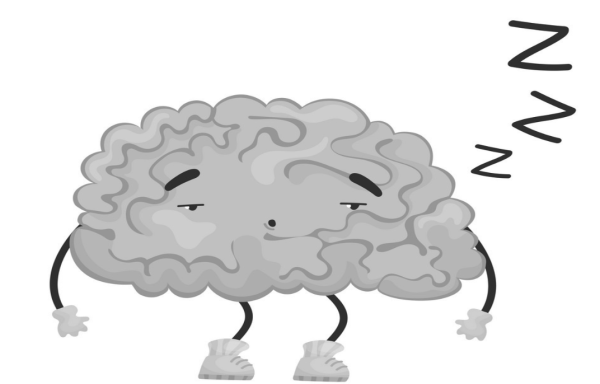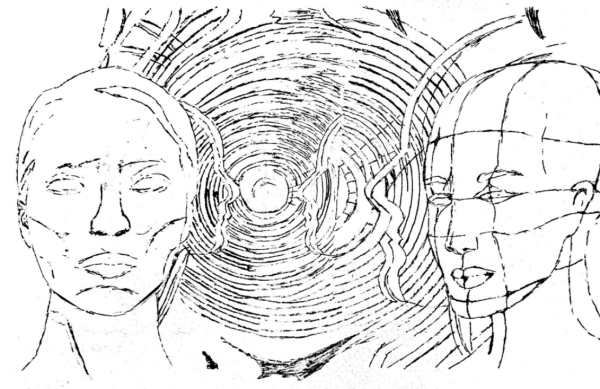Inconsistencies in women’s health treatment
Throughout the years, women have made advances towards equality by fighting for their rights and liberties. Despite this, there is still a long way to go, with women’s health still receiving unequal treatment.
For many women, trips to the hospital or urgent care include many noticeable discrepancies when compared to that of men.
According to research from the Kaiser Family Foundation, women spend significantly more on annual health care than men: women aged 19 to 34 spent an average of $3,402 in 2015, compared to just $1,891 for men.
While in most cases, their bills are covered by their insurance provider, women still pay an elevated price. According to The Hill, in 2020, single women put an average of 6.8 percent of their annual pre-tax salary toward their health insurance, while men put an average of 3.9 percent. This averages to $2,406 for single women, compared to $1,896 for single men.
However, it has been proven that women visit hospitals more often than men. A report by the CDC found that women are a third more likely to visit their doctors than men, go to their doctors for annual checkups and preventive care and to be prescribed an antidepressant.
Nonetheless, high prices make it difficult for women to afford health treatment, especially those of low income. According to the American Bar Association, roughly 1 in 4 women reported in 2017 that they delayed or went without care due to costs. The prices also make it difficult for women to pay impending bills, leading them to be in debt and forgoing health treatment to not spend more money.”
The wider issue is the fact that while women spend a great amount of money on health issues, they do not receive adequate treatment or benefits.
According to Health, “when receiving treatment or going to the hospital for any discomfort, women’s (especially women of color) symptoms are sometimes disregarded and left untreated. Sometimes they are even considered as emotional/psychologically based pain.”
Women also face misdiagnoses from doctors. These mistakes often originate from doctors’ suppositions and may result in complications or even death if the accurate disease or condition is undetected.
According to WebMD, women are about 30 percent more likely than men to have symptoms of a stroke misdiagnosed and are sent home from the emergency room.
One misdiagnosis women experience is abdominal pain as period cramps.
According to Patients Rising, “there is an average time lag of 7-12 years between symptom onset and diagnosis of endometriosis, stemming from a combination of misinformation about the disease and symptoms being mistaken for other gynecologic or gastrointestinal conditions.”
In addition, women with physical, mental and/or chronic health conditions struggle with getting treated medically. They experience misdiagnoses and have expensive bills as well due to spending on medication and therapy.
On a different note, having a female doctor could help ensure better understanding of symptoms, which leads to accurate diagnoses.
A study by PNAS found that it is more likely for women to survive a heart attack if they are treated by a female physician.
Dealing with these issues yearly, women with medical conditions sometimes have less access to their medications and health care, simply due to their gender. Women have the fundamental right to affordable health care and to be correctly diagnosed and treated accordingly.










